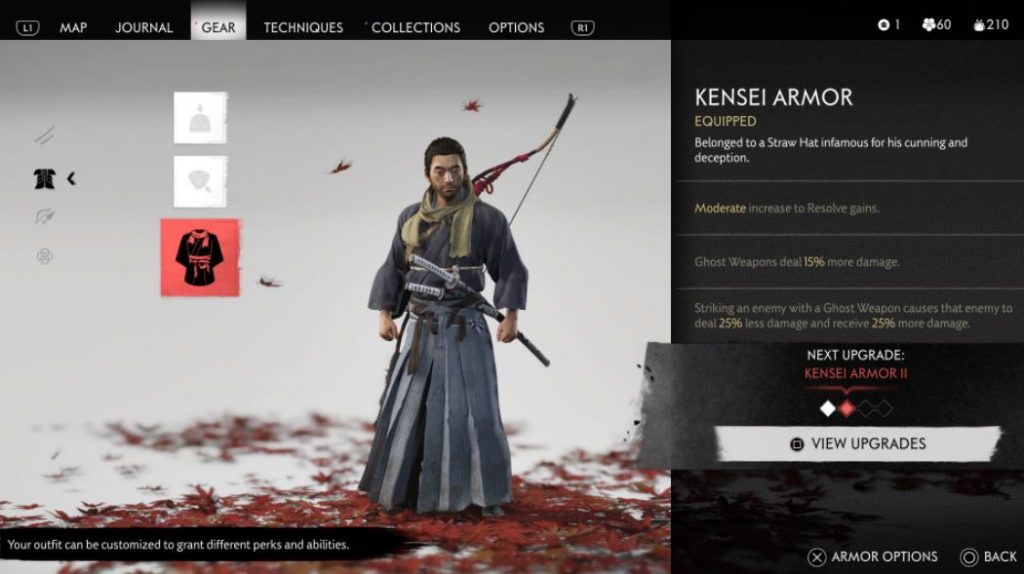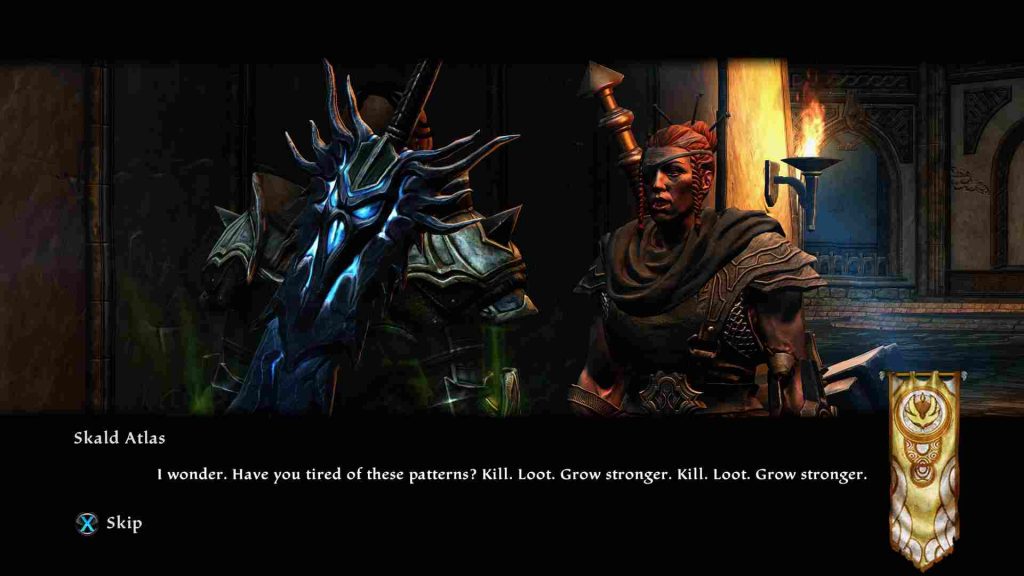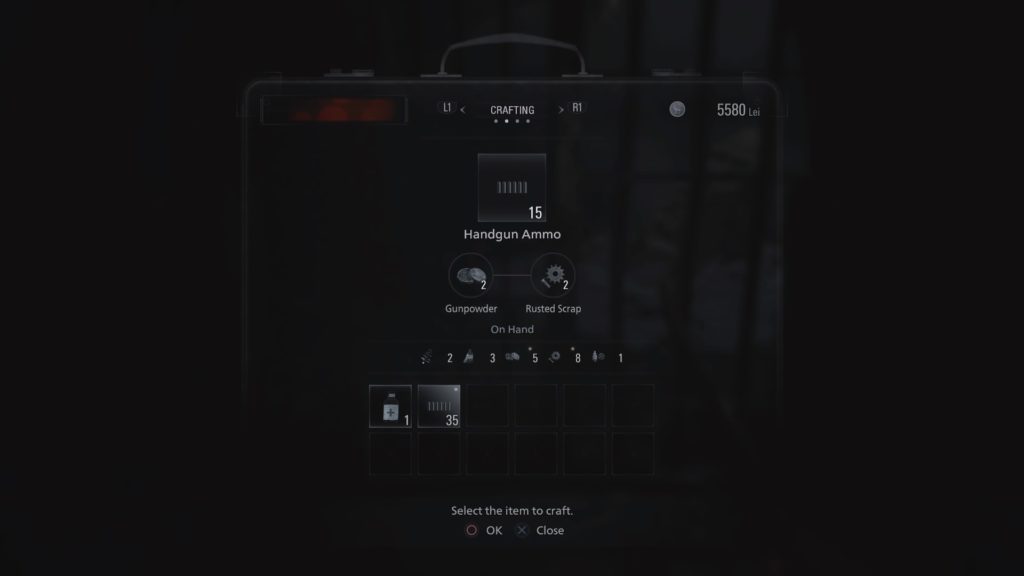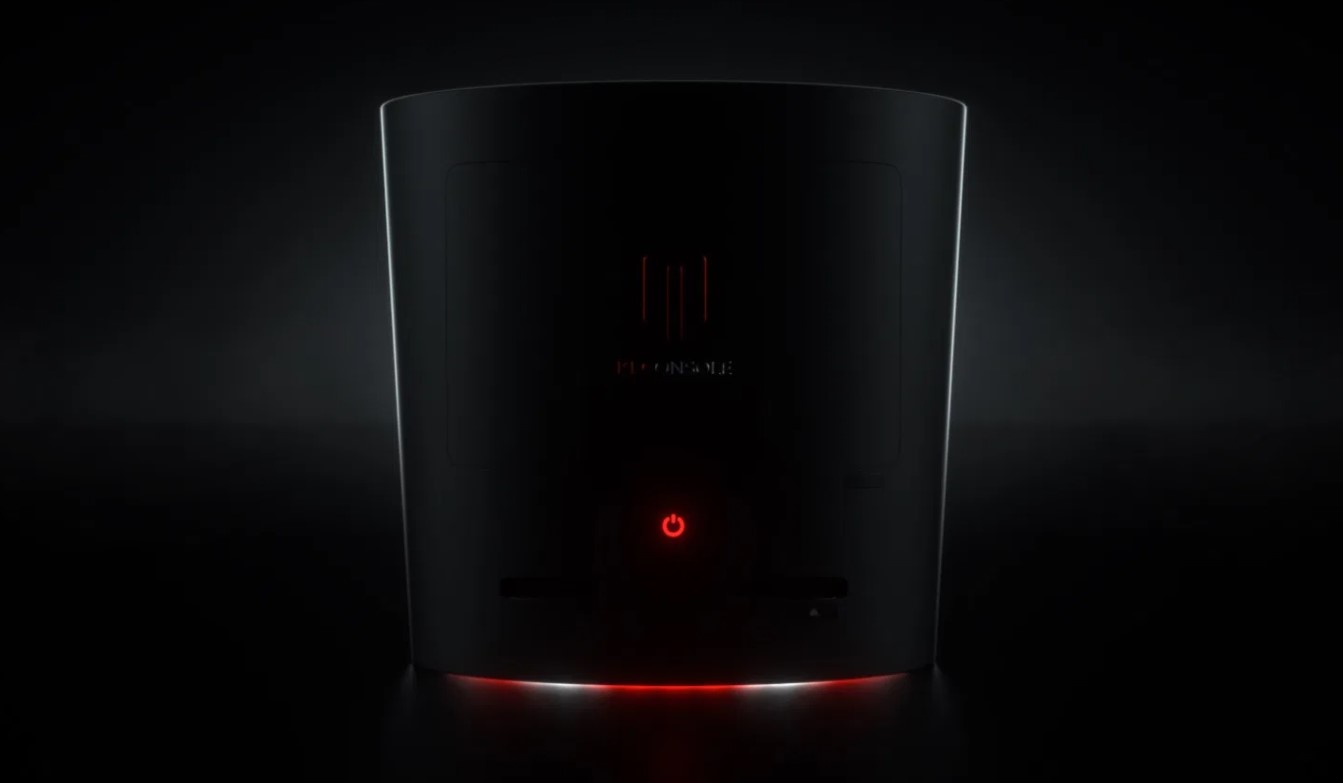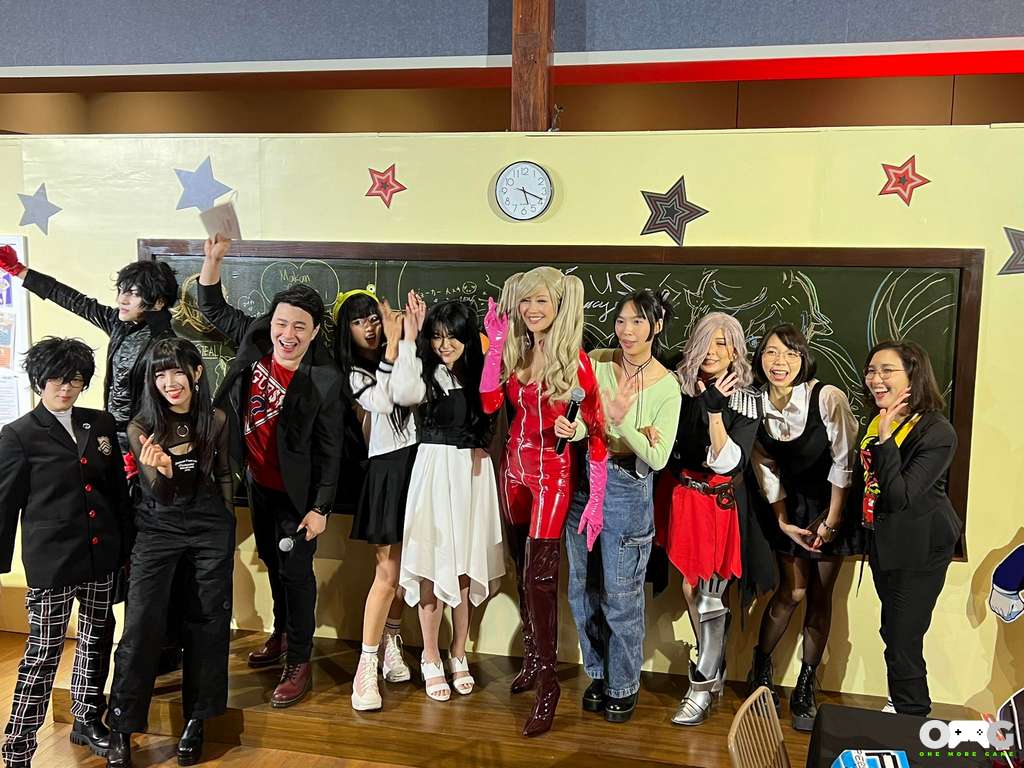10 Ways Open-World Games Can Improve
Thanks (or no thanks) to the ongoing pandemic, I’ve had the chance to play a LOT of video games, many of which are from my favorite genres – JRPGs, indie walking simulators, and of course open-world adventure games.
I’ve also come to realize that the recent open-world and JRPG’s really have a lot of bloat. Be it the endless fetch quests, story beats to pad out the content, or even the endless item management that really makes me want to focus on the main questline. Some games tend to give you too much of something, and sometimes that’s all it takes to ruin the experience.
We have a new generation of consoles upon us and with it, the hope that the new open-world games will further improve not by simply adding in more stuff to do and collect for the sake of, but improve in ways that provide a more immersive and meaningful experience.
Here are some of the ways that I think open-world (and JRPG) games can improve.
Let the open-world be the connective tissue between chapters
Realized in: Halo Infinite
Terrible Application: Sherlock Holmes Chapter One
Games back in the 16-bit days actually did this pretty well where they removed the pesky “Stage One” screens and just presented the open world for us to discover. Instead of moving in a linear fashion, we were given a world map and dungeons that served as chapters. Games like Mass Effect followed suit, using the Normandy as a beacon that connects the player to the world.
Most open-world games try to create an unchangeable ecosystem where the story doesn’t really affect the world in general, and this negatively affects storytelling to some degree. Yet, there are games like Sherlock Holmes Chapter One that have open worlds just for the sake of but do not utilize it to the best of their abilities.
Halo Infinite might not have the most groundbreaking open-world, but it’s enough to connect us with its excellent linear story. It also gives us enough backtracking abilities to revisit a level for collectibles and even just to play around in.
Lessen useless loot
Realized in: Ghost of Tsushima
Terrible Application: Kingdoms of Amalur: Re-Reckoning, The Outer Worlds
Loot is a fantastic thing to get in any game, especially in open-world games. Sometimes you don’t get enough, other times you get too much. Loot comes in many forms – from those elixirs you keep for a rainy day only to find out you’re already at the last boss or even to the simplest crafting item.
Ghost of Tsushima really is a great example of this, giving us items we actually care for, even if they are just simple cosmetics. I can’t count how many times I’ve changed my armor color just to match the current scenery I was in for some striking photo mode opportunities. Cosmetics are an awesome way of customizing our characters to look a particular way, whether or not they have stats on them.
Meaningful side quests
Realized in: The Outer Worlds
Terrible Application: Kingdoms of Amalur: Re-Reckoning, Assassin’s Creed Valhalla
While I would love to cite The Witcher 3 as one of the games with some of the best-written side quests out there, it’s also the reason why many copycats go with the quantity over quality approach. One of the few games that I remember for its ironic comedy is Fallout: New Vegas, and I really enjoyed how Obsidian applied it to The Outer Worlds.
While they’re broken down to the standard faction and character quests, they all serve a purpose, and you see the consequences of your actions right away. It also helps that these side-quests are interesting, providing the player with enough motivation to keep going for more.
Having things to do is what makes an open-world game shine, but it shouldn’t be treated on a purely numerical basis. How it acts as a break from the main story or as something to do to maximize the content after completing the main story really affects overall satisfaction, and they shouldn’t be there just to tick off a trophy for that platinum.
Skill trees that make sense
Realized in: Control: Ultimate Edition, Halo Infinite
Terrible Application: Serious Sam 4, Assassin’s Creed Odyssey
Control is a great game that stuck out in more ways than one, and its skill tree was definitely a big part of it. As you work your way up to becoming The Director, each skill point works in tandem with other skills allowing you to become a full-fledged psychic agent. There’s a strategic way of going about it, and choosing what to upgrade first will depend on how you wish to approach the game.
Serious Sam 4, on the other hand, is an example where a skill tree becomes a hindrance to the enjoyment (despite the game not being open world). Even the most basic actions are gated behind these skills that you need to unlock, making it unnecessarily tedious.
Let the skills work for you, not RNG

Realized in: The Outer Worlds
Terrible Application: Cyberpunk 2077
A corollary to the previous statement about skills is how we should remove RNG from certain skills such as social skills and stealth skills. The Outer Worlds does a great job by having you improve on your skillset and then having your success and failure be choices rather than by luck. This way, there is much more onus on actually creating a character to suit your playstyle.
Bethesda has been relying on RNG and lockpicking mini-games that eventually, with a high enough skill level, becomes arbitrary. At least with The Outer Worlds, you have a skill level out of 100 and if you don’t meet it, you’re left with the other skills at your disposal to find a way out (or in if you’re lockpicking or trespassing). You can be a silver tongued devil or a master lockpicker, or both if you decide to forego combat (like me).
RNG conditions the player to save and reload until they get the desired result, but having skills that work pushes the player to build better characters.
More accessible mainline quest
Realized in: The Outer Worlds, Halo Infinite
Terrible Application: Fallout 4, Assassin’s Creed Odyssey
To be fair, most mainline quests in games are actually short. They usually range anywhere between 13-25 hours and could be completed with minimal difficulty. What makes them unnecessarily long at times is that they are gated between difficult enemies or high-level areas, forcing the player to go on unnecessary activities for the grind.
It doesn’t help that the game forces you to go through many other side quests along the way, with some being unskippable and unrelated to the main quest. I’m from the school of thought of allowing the players to explore the world on their own, allowing the player to clean up after they’ve completed the main quest or whenever they feel like going for it.
Improved Codex
Realized in: The Medium, Days Gone
Terrible Application: Outriders, Kingdoms of Amalur: Re-Reckoning
The Medium, despite it being an incomplete experience, really showed how the codex can be incorporated into the main game as an effective storytelling tool. Days Gone is also another title that really highlighted the story within a story with its many audio tracks.
I also appreciated Resident Evil‘s codex style where the bite-sized text drives to the point quickly and is visual in nature. This connects with the player quickly and serves its purpose by adding more flavor to the lore.
With already so many things to do in the world, giving players a ton of additional reading isn’t really something that should be required to do to learn more about the game.
Make crafting simple and fun, not a second job
Realized in: Resident Evil Village, Marvel’s Guardians of the Galaxy
Terrible Application: Cyberpunk 2077, Fallout 4
Crafting, when simple and easy to understand, is a welcome addition to the overall experience. However, when an open-world game adds crafting just to add more content or just for the sake of, it becomes more like a second job.
Open-world games can learn from linear games in their ways of creating simple crafting mechanics. Resident Evil Village is a good example of this, laying it out in a user interface that is simple and easy to understand. Nothing is buried within multiple menus, and it really helps the player focus more on the main game.
Fewer but fresher mini-games
Realized in: Lost Judgment
Terrible Application: Yakuza: Like A Dragon
This may be more of a Yakuza and a JRPG problem, but it is an issue regardless.
Lost Judgment is a good example of a developer learning from their past mistakes. They’ve introduced quite a good number of new mini-games that are easy to get into and add value to the overall enjoyment of the series.
Yakuza: Like A Dragon, on the other hand, is an example of when the game really gets stuck in its old and tiresome mini-games. Just like the side quest argument, mini-games should be there as a break to the main story, not becoming a main quest of sorts.
Bring Your Best Menu Game
Realized in: Voice of Cards, Lost Judgment
Terrible Application: Kingdoms of Amalur: Re-Reckoning, Kena: Bridge of Spirits
This may be a personal nitpick, but if we’re going to be spending a lot of time on menus, make sure to bring your A-game. Open-world games mostly gets this right, with a few offenders here and there, but indie games really need to improve on this.
Being an extremely pleasing game on the eyes, the menu and user interface of Kena: Bridge of Spirits leaves a lot to be desired. It looks hurried and contrasts heavily with the pleasing visual quality of the overall game.
With so many new open-world games coming this year, it’s only fair to ask for a little bit of improvement instead of settling for the same experience every time. These games tend to take up a lot of our game time and while many of them have some of the best storytelling out there, they’re hidden behind a lot of bloat that really requires some trimming. The less time we spend maneuvering between that clutter means more quality time on a game and story we will remember for years to come.
Now, where’s Horizon Forbidden West and Elden Ring?


